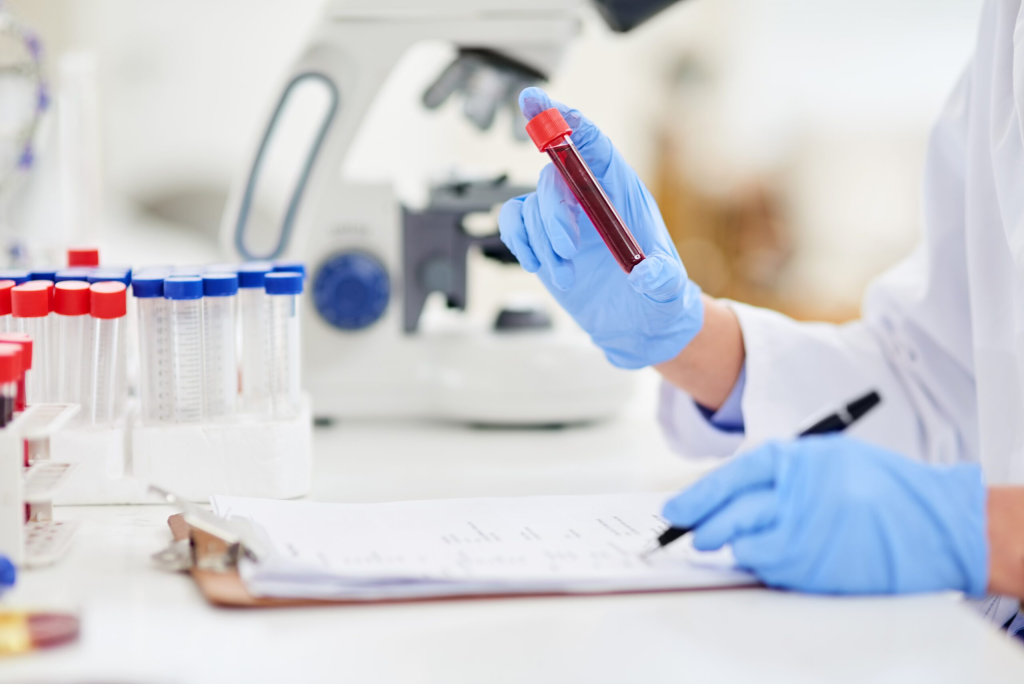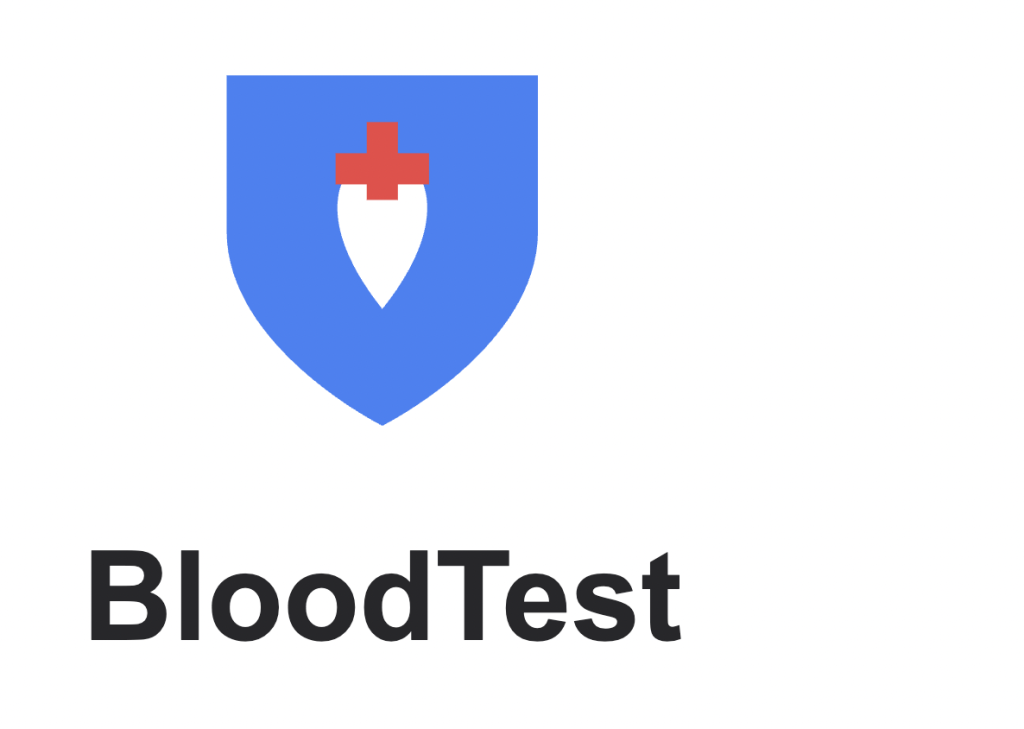Many patients walk into a lab expecting a simple blood test — only to receive a bill weeks later that is two, three, or even ten times the expected cost. Why does this happen?
Because the world of medical billing is full of hidden fees, unclear pricing, and confusing insurance rules. Even routine tests can come with surprise add-ons that most people never notice until the bill arrives.
This guide breaks down the most common hidden fees, why they happen, and — most importantly — how you can avoid them.

1. Test Interpretation Fees (Doctor Reading Fees)
Most people think they only pay for the lab test itself.
But in many cases, labs charge an “interpretation fee” — a cost for the doctor or specialist who reviews your results.
Why It’s Hidden
Because this fee often comes from a different provider than the lab you visited.
You might receive:
- A bill from the lab
- Another bill from a physician group who never saw you in person
Average Cost
$15 – $75 for basic tests
$100+ for specialized panels
How to Avoid It
- Ask: “Is the interpretation included in the price?”
- Look for labs with transparent pricing
- Consider cash-pay labs that bundle interpretation into one flat fee
2. Facility Fees at Hospital-Owned Lab
Hospital-affiliated labs often add facility fees, a charge for simply using the building.
These fees can double or triple the cost.
Examples
- A $40 CBC test becomes $120+
- A $30 glucose test becomes $95
Why It’s Hidden
Facility fees aren’t listed on price sheets and usually appear after insurance processes your claim.
How to Avoid It
- Choose independent labs (Labcorp, Quest, AnyLabTestNow, local clinics)
- Avoid hospital labs unless medically necessary
- Ask upfront: “Do you charge facility fees?”
3. Out-of-Network Pricing (Even If You Think You’re Covere
Many patients assume their lab is in-network because:
- Their doctor sent them there
- The lab is popular
- It’s close to their clinic
But insurance networks change often, and labs don’t always confirm.
Hidden Price Spike
Out-of-network pricing can cost 5–20× more than in-network pricing.
Example
In-network CMP: $20–$40
Out-of-network CMP: $150–$500+
How to Avoid It
- Always check your insurance app
- Call the lab and ask: “Are you in-network for my plan?”
- Get confirmation in writing if possible
4. Extra Panels You Didn’t Ask For
Many labs automatically include:
- Vitamin panels
- Thyroid add-ons
- Metabolic markers
- Inflammation markers
These add-ons are not always medically necessary — but they increase revenue for the lab.
How They Appear on Your Bill
You will see multiple test codes you didn’t expect.
Price Range
+$10–$200 per add-on
How to Avoid It
- Ask for the exact CPT codes the doctor ordered
- Tell the lab: “Do NOT run additional tests without my approval.”
- Review your doctor’s order before handing it to the lab
5. “Draw Fees” and “Specimen Handling Fees”
Even with insurance, you may be charged:
- Venipuncture fee
- Blood draw fee
- Specimen handling fee
Typical Costs
$5–$25 each
Some labs charge per vial, not per visit.
Why It’s Hidden
It’s normally buried in small print or comes on a separate invoice.
How to Avoid It
- Choose labs that include draw fees in the total cost
- Ask: “Do you charge a separate draw or processing fee?”
6. Same-Day or Stat Processing Fees
If the doctor marks your test as STAT (urgent), the lab may charge more.
Additional Cost
+$20–$100
When It Happens
- Surgery prep
- ER visits
- Urgent care orders
How to Avoid It
- If it’s not truly urgent, ask if standard processing is cheaper
- Confirm the lab’s pricing for normal vs STAT testing
7. Paperwork and Administrative Fees
Some labs charge for:
- Faxing results
- Printing copies
- Sending records to another provider
Typical Hidden Fees
$5–$35 per request
How to Avoid It
- Ask for digital copies only
- Use patient portals
- Request all needed documents during your appointment (to avoid “separate processing fees”)
8. Courier and Shipping Fees (For Specialty Tests)
If your sample is sent to another lab, you might pay:
- Courier fee
- Packaging charge
- External lab processing fee
Examples
Tests commonly affected:
- Genetic testing
- Allergy panels
- Hormone tests
- Advanced cancer screenings
Cost
$20–$200 depending on distance and method
How to Avoid It
- Choose labs that run tests on-site
- Ask if the test needs to be shipped out
- Request pricing before agreeing
9. Insurance Deductibles and Coinsurance Surprises
Even if the test is covered, you may still pay:
- Because your deductible is not met
- Because coinsurance applies
- Because insurance only partially covers the CPT code
Hidden Cost Example
Routine test: $80
Insurance pays: $20
You pay: $60 (even though it was “covered”)
How to Avoid It
- Check your deductible status
- Ask the lab for cash-pay pricing (often much cheaper)
- Use online price-comparison tools
10. “Non-Standard Collection Fees”
Some labs have special fees for samples like:
- Saliva
- Stool
- Urine culture
- Specialty blood tests
Even if your insurance covers the analysis, it may not cover collection.
Cost Range
$10–$50
How to Avoid It
- Ask if the collection fee applies
- Request a full price breakdown before testing
11. Unexpected Fees from Doctor’s Office Labs
Many doctor’s offices draw blood on-site but send it to another lab.
This often results in:
- Two bills (one from the office, one from the lab)
- Markups for the convenience of in-office collection
Example
Doctor’s office “draw convenience fee”: $15–$40
How to Avoid It
- Ask to take your lab order to an independent lab instead
- Check the pricing difference before agreeing
12. Hidden Fees for Repeat or Rejected Samples
Your sample may be rejected if:
- The vial wasn’t filled enough
- It wasn’t labeled correctly
- It wasn’t processed quickly
- You didn’t fast properly
In many cases, you have to pay for the test again.
How to Avoid It
- Confirm fasting requirements
- Ask if the lab will cover the cost of redraws
- Use experienced labs with high sample-quality ratings
How to Protect Yourself from Hidden Lab Fees (Checklist)
✔ Get CPT codes for every test
✔ Compare cash prices vs insurance prices
✔ Ask for a full breakdown
✔ Avoid hospital labs
✔ Choose independent labs
✔ Reject unnecessary add-ons
✔ Confirm network coverage
✔ Request written estimates
✔ Ask if interpretation fees apply
✔ Check your deductible
Because labs add multiple fees: facility fees, interpretation charges, out-of-network pricing, and insurance-related adjustments.
In many cases, yes. Cash-pay labs often have:
Flat prices
No facility fees
No billing surprises
Always ask for:
A written estimate
A list of CPT codes
Clarification on draw and handling fees
Independent labs such as:
Quest Diagnostics
Labcorp
AnyLabTestNow
Local walk-in cash-pay labs
These usually offer more transparent pricing than hospital labs.
